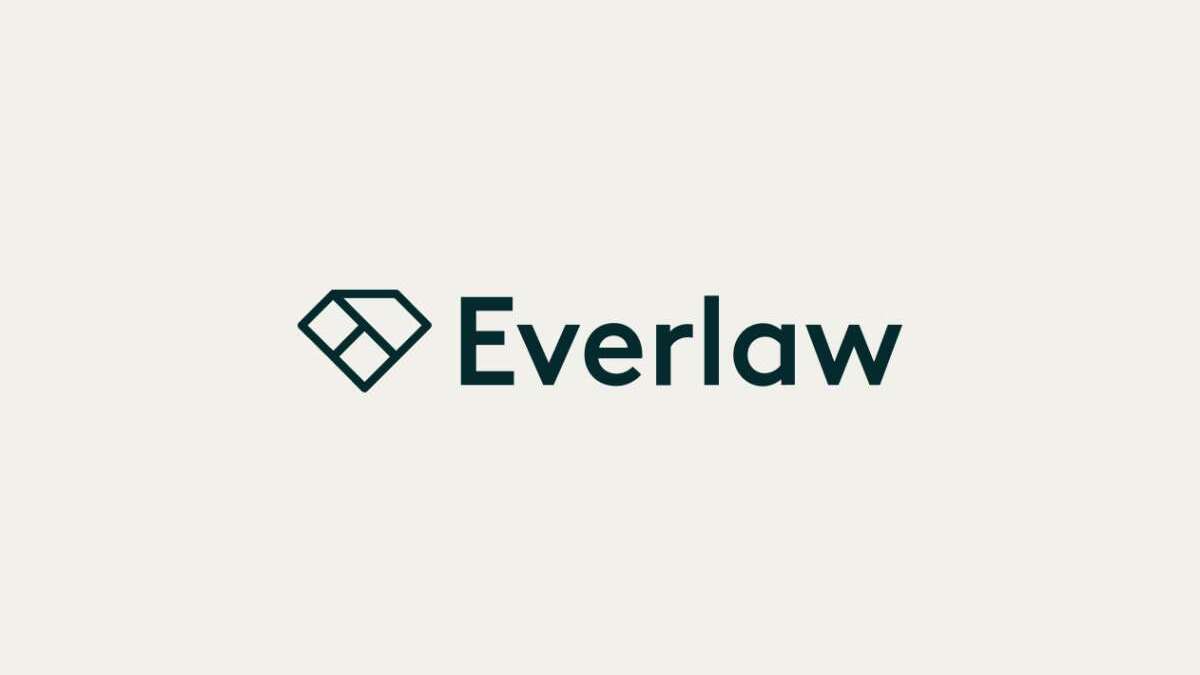Reducing Ediscovery Costs and Risks with Built-In Automation
by Giulianno Lopez

As overwhelming, complicated, and costly as the review and ediscovery process can be for legal teams today, many of the associated challenges and expenses are actually the result of using inadequate or outdated tools. Importantly, however, as electronic data continues to increase in both volume and complexity, and new rules surrounding ediscovery and regulations surrounding data privacy continue to emerge, existing issues with data management will only become more difficult for legal teams in the absence of more modern technological capabilities and processes.
Three Tactics for Reducing Ediscovery Costs and Risks
Some challenges are inevitable, but there are several strategies that can be employed to reduce the impact of these obstacles as well as mitigate future risks. Administrators and their teams can effectively leverage the built-in automation technology of an ediscovery platform to avoid certain pain points.
These include critical tasks related to risk management, such as:
1. Illuminate Dark Data
Dark data is any piece of information that can’t be easily accessed or searched. It can manifest in a variety of ways, whether hidden in formulas in spreadsheets, speech in audio or video files, content written in a foreign language, and even in metadata from an email attachment. Invaluable information to a case can potentially be dark data, but for many legal teams, properly identifying and reviewing this information is either entirely impossible or unreasonably time-intensive.
Ediscovery vendors, such as Everlaw, provide the various tools necessary to illuminate dark data at no additional cost. For example, Everlaw users can use advanced spreadsheet viewer technology, which is baked directly into the review platform, to uncover formulas and other hidden content.
 Play this video on Vimeo
Play this video on Vimeo
Additionally, machine transcription technology will automatically render any spoken language in media files searchable, and machine translation technology will convert foreign-language content into any language desired, effectively removing the need for a human translator. And finally, the platform automatically extracts email header information, providing dates, subjects, and correspondence information to enrich the search functionality of emails and PDFs that arrive without any accompanying metadata.
2. Automate Assignment Workflows
In almost all cases, document review is a collaborative process that often involves multiple stages, such as first- and second-level reviews. And while this is mostly an efficient approach, as it allows teams to divide responsibilities and remain productive across the board, it can also become inefficient very quickly if teams don’t execute handoffs in a timely fashion during critical points.
With the use of similar technology that allows legal teams to automate search term reports or use ediscovery predictive coding to assign documents to batches, users can automate documents to move seamlessly from one review level to the next once a specific task is complete. When a user finishes the initial coding of a document, for example, the task is recorded as complete before immediately notifying the next responsible party that it is ready to be assigned to a batch.
 Play this video on Vimeo
Play this video on Vimeo
Automated workflows can be utilized from start to finish in order to greatly reduce, and in some cases, entirely eliminate time-consuming and costly lags in response times, ensuring that each document or task flows smoothly from stage to stage and that reviewers are always occupied with the most important work at all times throughout the process.
3. Conduct Pre-Production Quality Assurance (QA)
While all of the above methods should lead to a notably accurate, efficient, and thorough review process, there is almost always the possibility of there being an error in one area or another. Errors happen to even the most well-run, technologically capable legal teams, but fortunately, they can also be caught and mitigated by conducting a careful pre-production QA exercise.
Without the use of automation, however, pre-production QAs can end up being another incredibly drawn-out and costly endeavor. There are many reasons for this, but it ultimately comes down to two factors: checking documents manually consumes a lot of time, leading to a higher possibility of repeated human error. The fact is that QAs need to be both rigorous and efficient, and the apparent opposition of these two goals can only be overcome by the introduction of automated checks.

Automation can remove much of the guesswork from the creation of a final disclosure set, and ediscovery providers, like Everlaw, have automated checks for pre-production QAs built directly into the platform. Instead of laboring over manual checks that are likely to produce additional errors, an automation tool will scan the entirety of documents. The automation tool notifies administrators of any missing information (whether it’s a privilege rule or a critical file contained in an attachment), identifies redactions or processing errors in spreadsheets and documents, and prevents the disclosure of duplicates.
Utilizing automated checks can significantly lower the risk of disclosing the wrong documents in a final bundle or producing a bundle that unintentionally leaves out critical information. In addition to saving a lot of time on the back end of the review process, leaning into automation should provide legal teams with the confidence necessary to create and submit a final disclosure set without the fear of costly missteps or falling into a violation of the agreement.
Eliminating Expenses (and Headaches) with Modern Ediscovery Technology
Modern platforms have many of the features and capabilities legal teams need to reduce the cost of ediscovery and, more importantly, to bring their review and ediscovery practices into the digital age. In addition to providing the tools needed to implement a successful digital transformation, ediscovery solutions (such as Everlaw) illustrate a clear roadmap to utilizing modern technology and realizing the full potential of each individual function. Between reviewing fewer documents, optimizing review processes for efficiency, and reducing ediscovery costs and risks with built-in automation, legal teams can leverage a number of strategies and ediscovery tools to enhance legal work and the processes involved in executing them.
Are you interested in learning more about strategies and tactics for reducing ediscovery costs? Download your free copy of our latest eBook, “11 Ways to Reduce Ediscovery Expenses,” today!

Giulianno Lopez is a content marketing manager and screenwriter who is passionate about research, writing, and data.